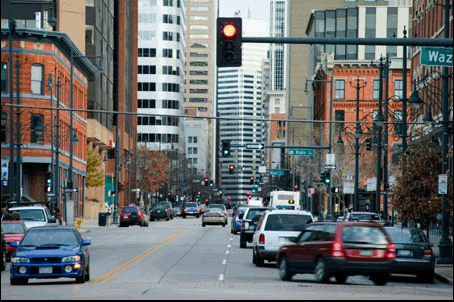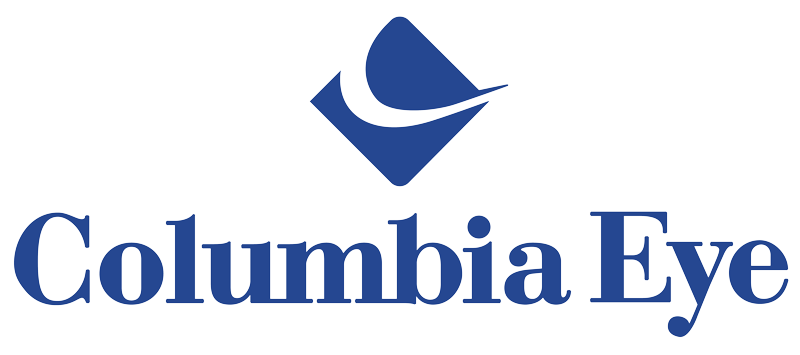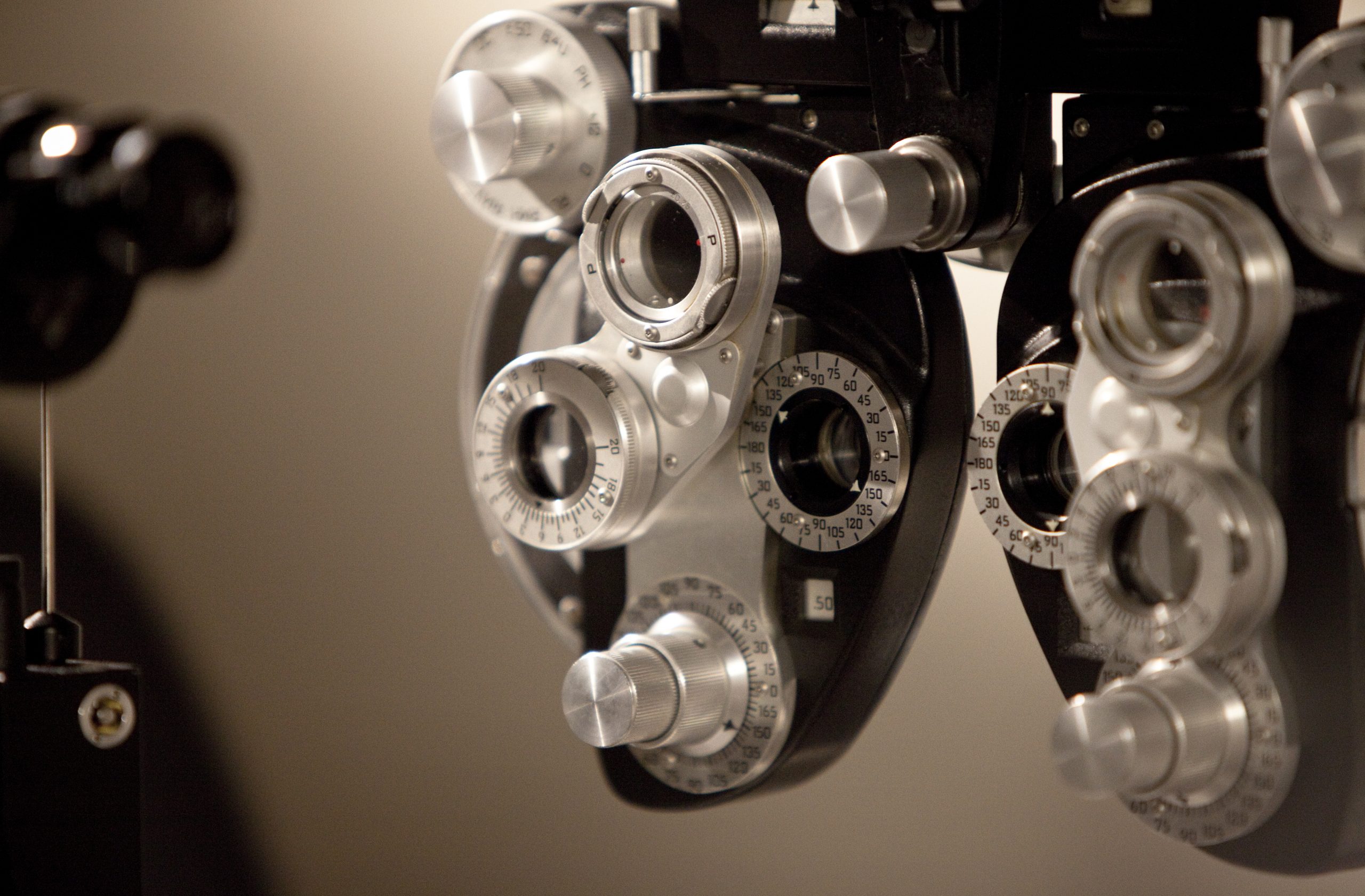Don’t Skip Your Comprehensive Eye Exam Because of Coronavirus!
All three Columbia Eye Clinic locations have returned to a normal appointment schedule after several weeks of focusing care on patients with urgent and emergent needs to comply with American Academy of Ophthalmology recommendations and guidelines in response to the Coronavirus pandemic. Read our latest update to learn more about how we are protecting our patients and staff from the Coronavirus.
Our physicians urge patients not to skip comprehensive eye exams because of Coronavirus. Comprehensive eye exams detect hidden signs of eye disease that could result in significant vision loss or blindness if not treated early and expose other serious health conditions such as diabetes, high blood pressure, high cholesterol and even cancer.
Even if you think you have perfect vision, an annual eye exam can be one of the best things you can do for your overall health and wellness. Comprehensive eye exams check for serious vision-threatening eye problems such as glaucoma, macular degeneration, cataracts and diabetic eye disease. In the early stages, diabetic eye disease and glaucoma have no discernible symptoms. People typically only recognize something is wrong after they have sustained permanent vision loss from these diseases, and by that time, preventing additional vision loss can be very difficult. Only a comprehensive eye exam can detect signs of the diseases so treatment can begin early enough to prevent vision loss.

To maintain a lifetime of healthy vision, adults should have a comprehensive eye exam at least every two years. Adults over 60 should have annual exams.
“At risk” adults should have more frequent exams. Risk factors include:
- a family history of eye disease (glaucoma, macular degeneration, etc.)
- diabetes or high blood pressure
- a visually demanding occupation or one that may pose hazards to the eyes
- taking prescription or non-prescription drugs that may have visual or eye-related side effects
- previous eye injuries or eye surgery (including cataract surgery)
Routine eye exams are just as important after LASIK as they were before the procedure. LASIK does not increase your risk of eye disease, but it does not decrease your risk either. Since LASIK alters the shape and thickness of the cornea, it is also important to monitor the health of the front surface of the eye.
A comprehensive eye exam is relatively simple and comfortable and should not take more than 45 to 90 minutes. The exam will include checks on the following:
- Your medical history. First, your doctor will ask you for an assessment of your vision and your overall health. Your family’s medical history, whether you wear corrective lenses or whether you are on any medication will also be of interest to your doctor.
- Your visual acuity. This is the part of an eye exam people are probably most familiar with. Your will read a standardized eye chart to determine how well you see at various distances. The test is performed on one eye at a time by covering the eye not being tested.
- Your pupils. Your doctor may evaluate how your pupils respond to light by shining a bright beam of light through your pupils. Common pupillary reaction to this stimulus is to constrict (become smaller). If your pupils respond by dilating (widening) or there is a lack of response either way, this may indicate an underlying problem.
- Your side vision. Loss of side vision is a symptom of many disease processes. Because you may lose side vision without knowing it, this test can identify eye problems that you aren’t even aware of.
- Your eye movement. This test, called ocular motility, evaluates the movement of your eyes. Your doctor will want to ensure proper eye alignment and ocular muscle function. Common tests measure the eyes and their ability to move quickly in all directions and slowly track objects.
- Your prescription for corrective lenses. You will be seated and asked to view an eye chart through a device called a phoroptor, which contains different lenses. The phoroptor can help determine the best eyeglass or contact lens prescription to correct any refractive error you may have, such as near-sightedness, far-sightedness or age-related blurry near vision.
- Your eye pressure. This test, called tonometry, measures the pressure within your eye (intraocular eye pressure, or IOP). Elevated IOP is a sign of glaucoma. The test may involve a quick puff of air onto the eye, or gently applying a pressure-sensitive tip near or against your eye. Your doctor may use numbing drops for this test for your comfort.
- The front part of your eye. A type of microscope called a slit lamp is used to illuminate the front part of the eye, including the eyelids, cornea, iris and lens. This can reveal whether you are developing cataracts or have any scars or scratches on your cornea.
- Your retina and optic nerve. Your doctor will put drops in your eye to dilate, or widen, your eye. This will allow him or her to thoroughly examine your retina and optic nerve, located at the back of your eye, for signs of damage from disease. Your eyes might be temporarily sensitive to light for a few hours after they are dilated.
Your doctor may suggest additional testing to further examine your eye using specialized imaging techniques such as OCT, topography or fundus photos. These tests can be crucial in diagnosing a disease in its early stages and allow your doctor to detect abnormalities in the back of the eye, on the eye’s surface or inside the eye.
Bring a list of any prescription or non-prescription medications you are currently taking or that you took on a regular basis in the past. Include vitamins, herbs and other non-traditional remedies you may use. Also note the dosages you take for each medicine or other substance, and how long you have been taking them.
If you currently wear corrective lenses, bring all pairs of eyeglasses you wear routinely. If you wear contacts that were prescribed elsewhere, bring a copy of your most recent contact lens prescription.
If you are interested in specialty services such as contact lens fitting or laser vison correction surgery (LASIK) evaluation, be sure to mention this — both when you schedule your exam and when you check in on exam day.
Contact us at (803) 779-3070 to schedule an appointment for routine eye care at any of our three convenient locations.


 ANNOUNCING UPDATES TO OUR COVID-19 SAFETY PROTOCOLS
ANNOUNCING UPDATES TO OUR COVID-19 SAFETY PROTOCOLS